In this article, I introduce the VR work Connectivity Soup by artist Holliday.
The following is an introduction to Holliday’s career and a few key points for viewing her work.
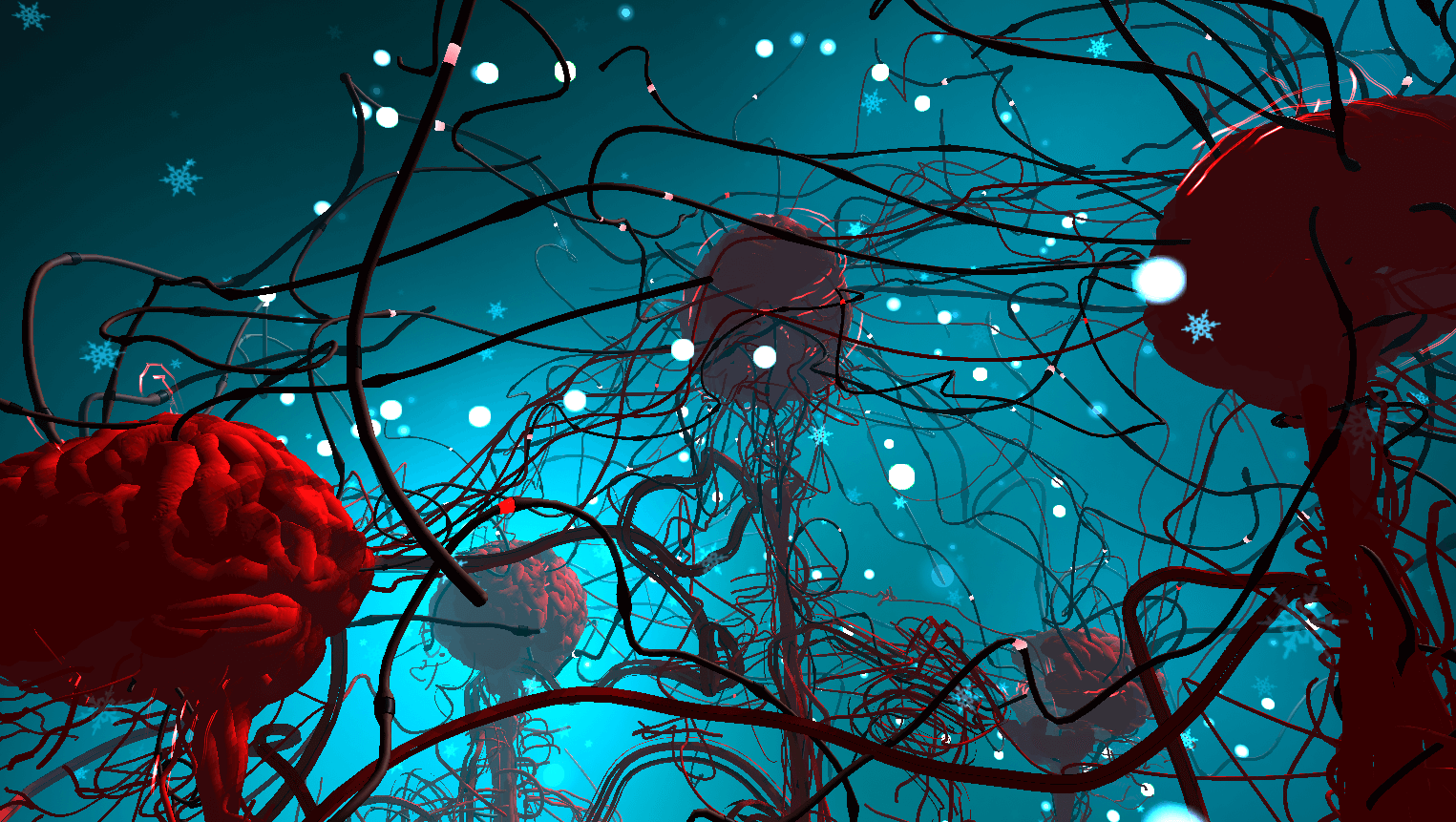
Connectivity Soup
About Holliday
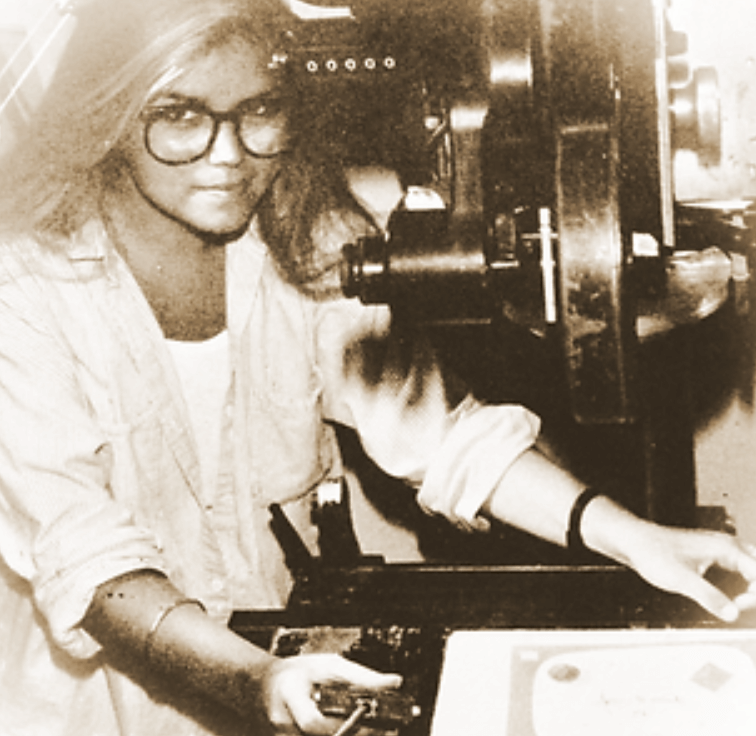
Holliday graduated from the University of California, San Diego, with a Bachelor of Arts in Studio Art (Film/Animation). She began her career as a Research Artist and Animator at The San Diego Supercomputer Center, researching virtual reality displays while working on animated projects for The National Science Foundation, NASA/JPL, General Atomics, and The Reuben H. Fleet Science Center.
(Taken from Holliday R. Horton’s official website https://www.hollidayhorton.com/about-5 )
Website : https://www.hollidayhorton.com/
Instagram : https://www.instagram.com/holliday.horton
As an XR artist, she creates both VR and AR pieces.
Below is one of her most renowned works—Kinetic Art presented in AR.
View this post on Instagram
About Connectivity Soup
The scene begins in an underwater environment. In the water is a floating “bundle of nerves” that looks like giant flowers.
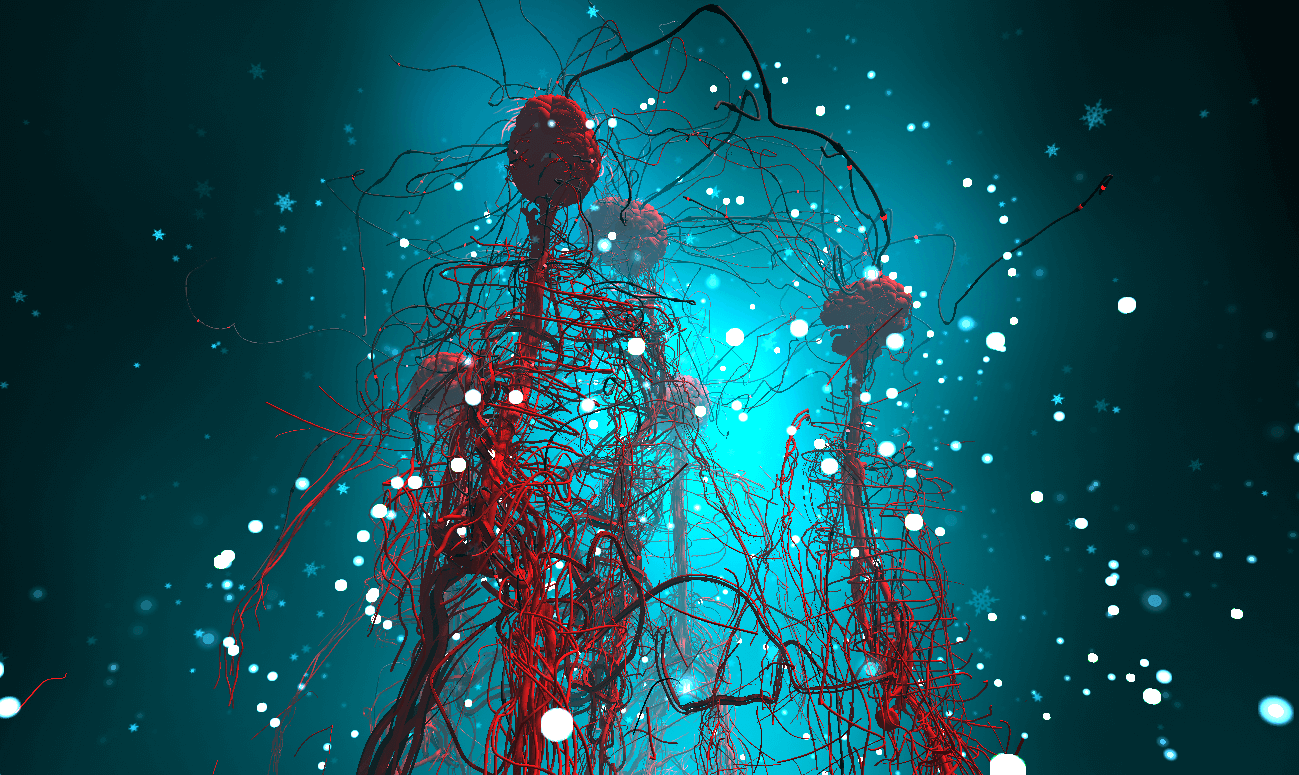
Connectivity Soup
These 3D objects are based on the nervous system, beginning from the brain.
Although deformed, the shapes of these nerves and organic figures have their own unique/distinctive personalities. Rather than a grotesque and raw human body, we feel like this a made-up fantasy world.
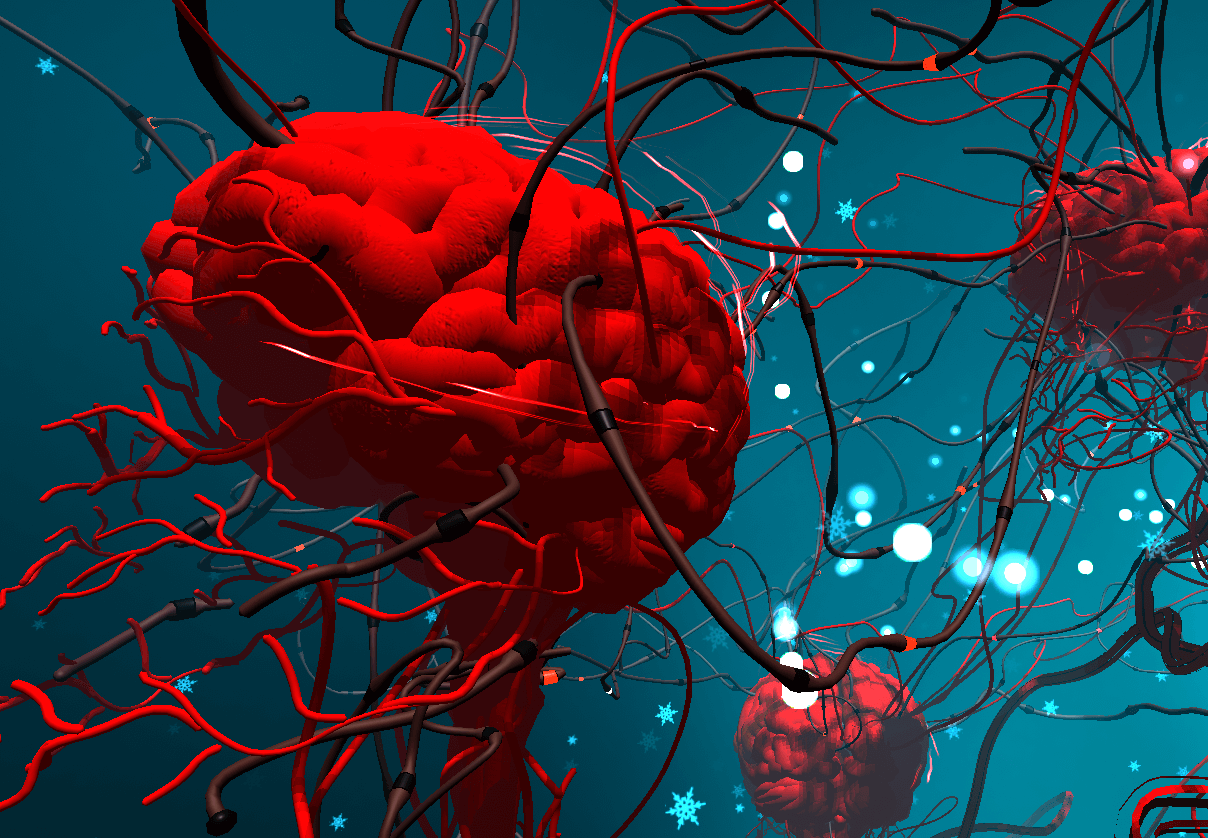
A made-up fantasy world
The fantastic element is further developed through the spatial effect created by the particles, and it seems that this scene has more to it than just exploring a different way to express the “human being”.
I’m sure if she had simply intended to express the human being, she would have taken a more scientifically accurate approach.
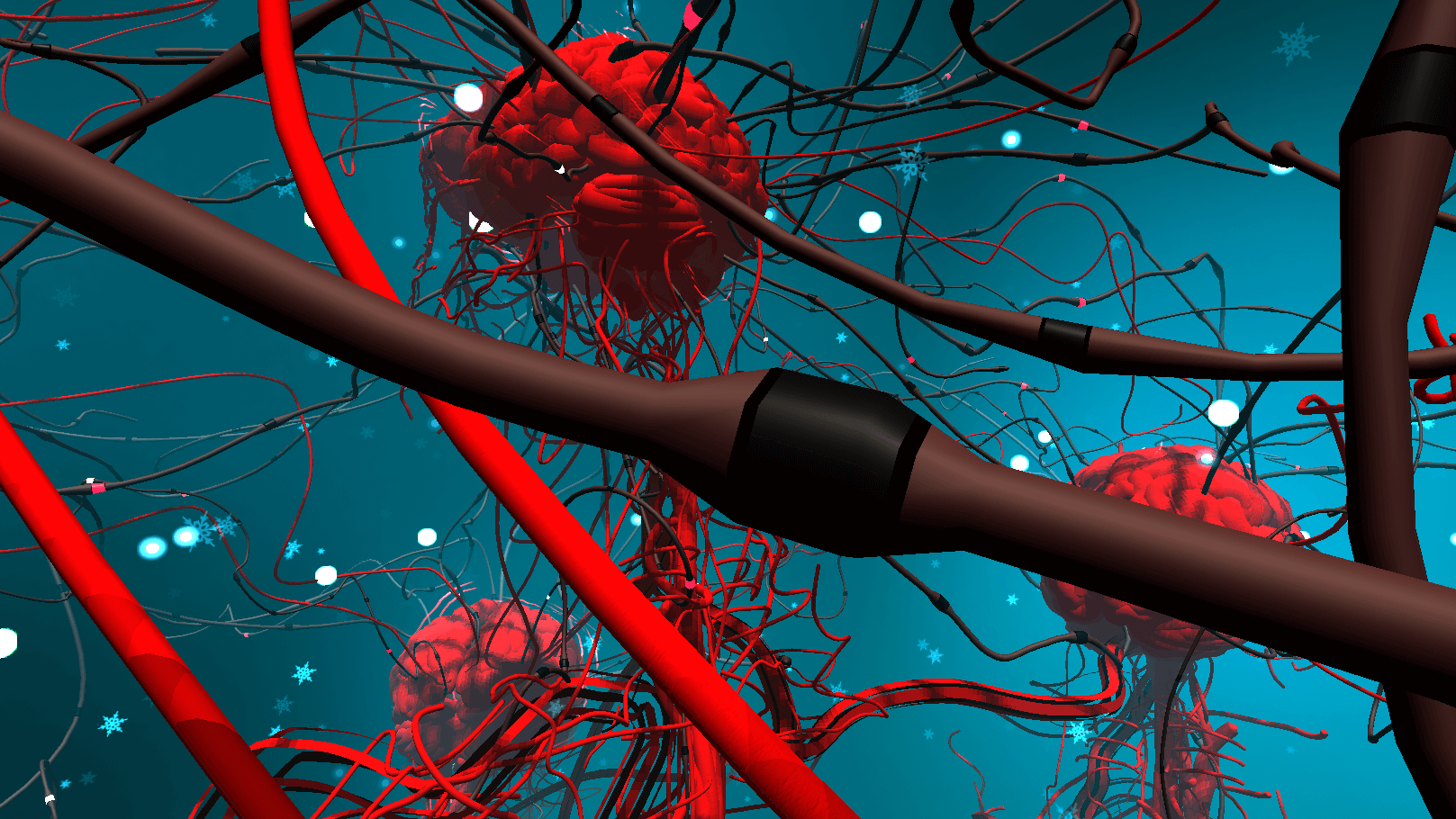
What is interesting about this scene?
This scene is set in an alien space like the deep sea, and the fictional presentation of particles constructs the story of the scene.
Perhaps when Holliday observes the human nervous system, she interprets it as a “fictional” object.
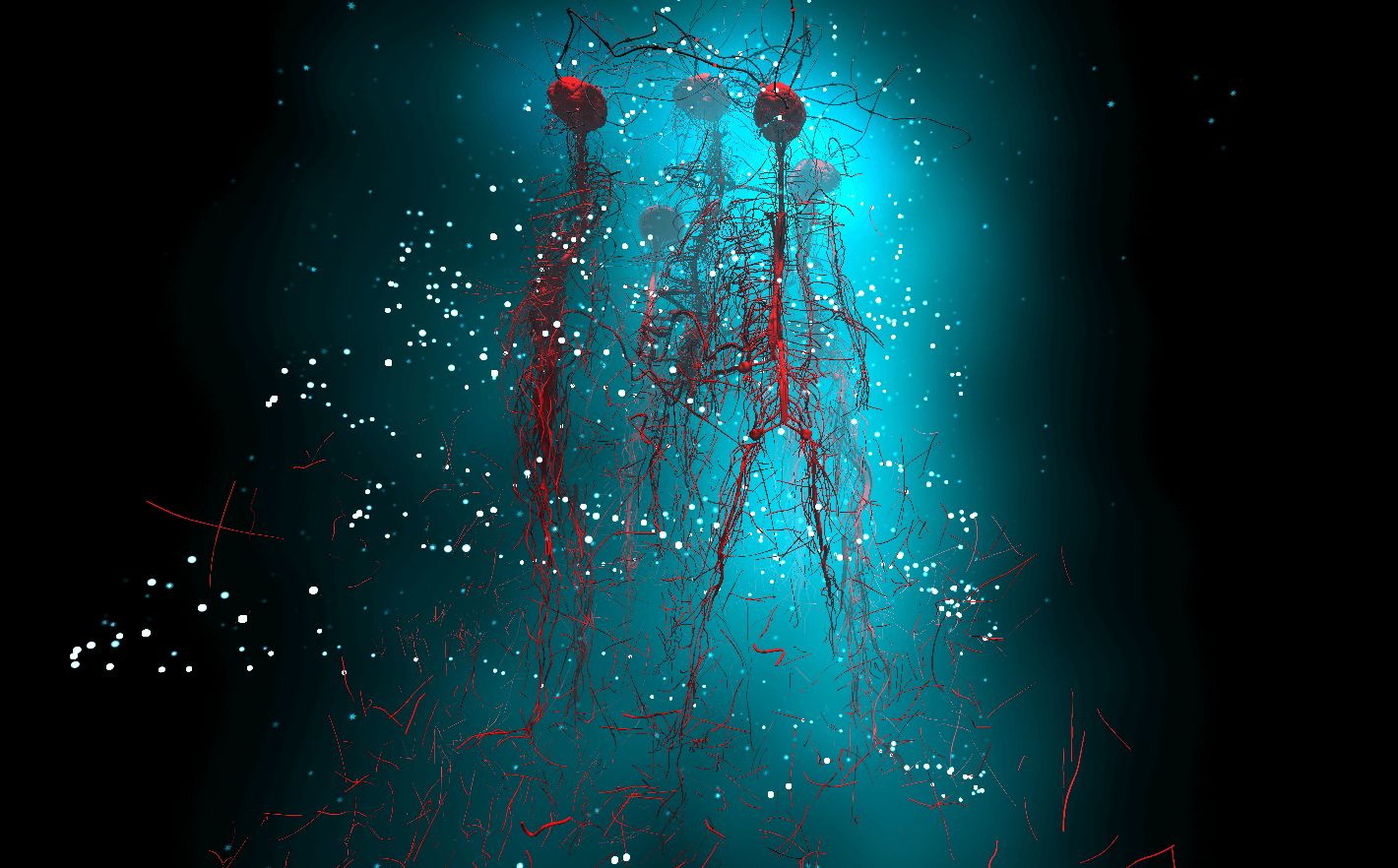
The fictional body
I think what’s interesting about this piece is the interpretation of the narrative from the body—this action becomes a representation of what the artist finds or discovers in this sculpture.
All five brains are connected by what looks like electrical signal cables.
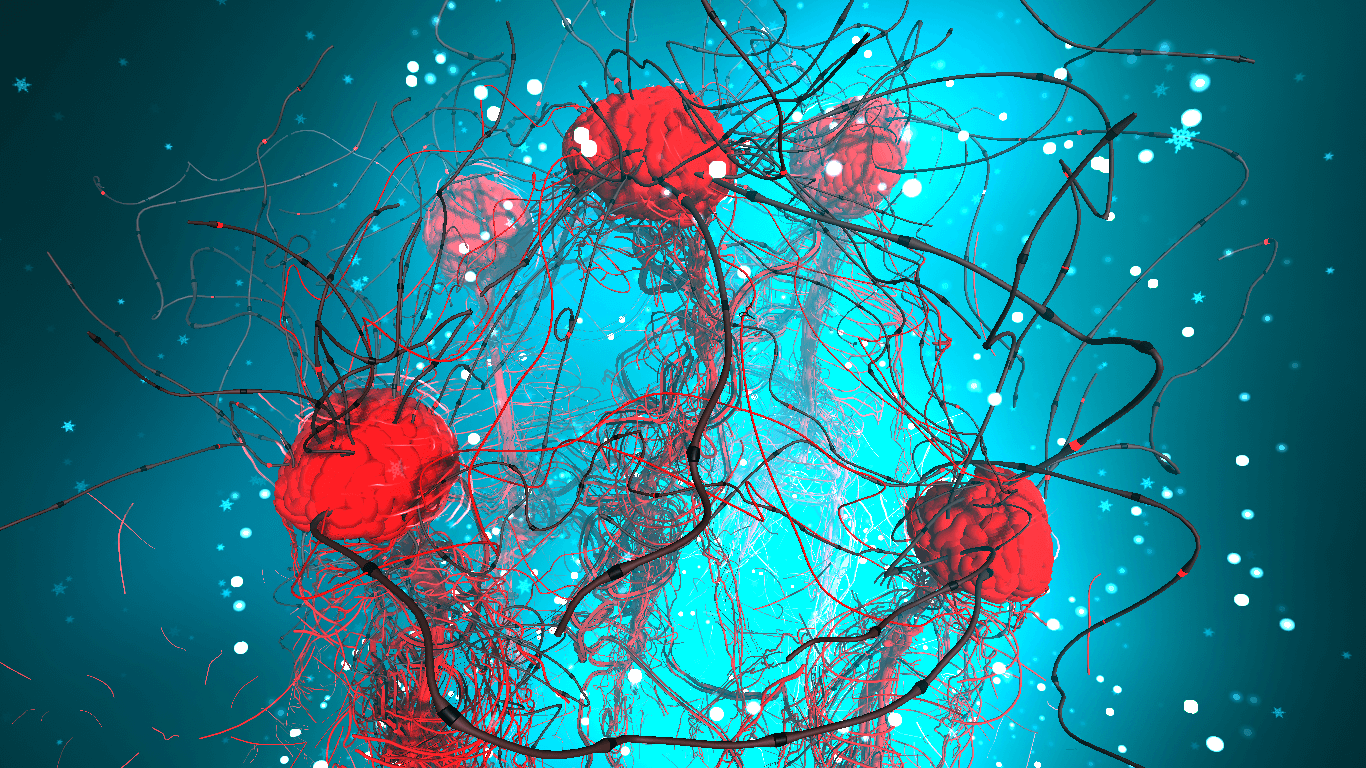
Connected brains
VR, the deep sea (water), and the brain are symbols that remind us of the “brain in a vat”.
This scenario, based on the simulation hypothesis, proposes that the reality this disembodied brain sees is merely a “virtual” reality, which is manipulated by higher dimensional beings.
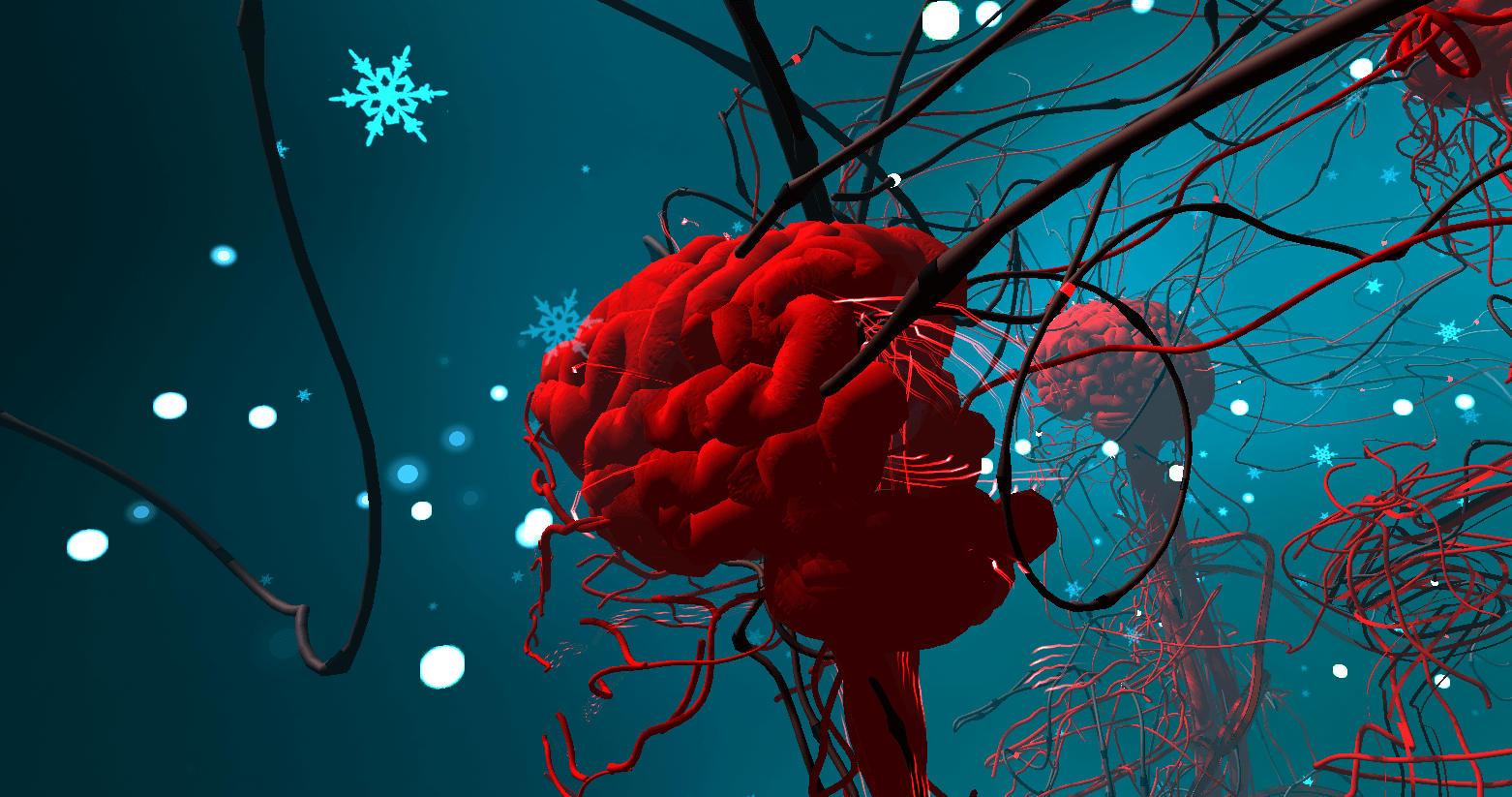
A brain
This is my interpretation, and we do not know the artist’s true intentions.
However, actively reading into the symbols of this work may give rise to new interpretations.
How to experience a VR scene
If you are accessing this page from a smartphone, please click on the “Experience the Scene” button (*If you are experiencing the scene on a smartphone for the first time, please also refer to the following instructions).
After clicking, the following screen will be displayed.
If you have already downloaded the STYLY Mobile app, please select “Continue on Browser”.
You can then select “Play on Mobile App” to experience the scene.
If you have an HMD device, click the “Experience the Scene” button from your PC (web browser), then click the VR icon on the scene page.
Download the STYLY Mobile app
Download the Steam version of STYLY app
https://store.steampowered.com/app/693990/STYLYVR_PLATFORM_FOR_ULTRA_EXPERIENCE/
Download the Oculus Quest version of STYLY app
https://www.oculus.com/experiences/quest/3982198145147898/
For those who want to know more about how to experience the scene
For more information on how to experience VR scenes, please refer to the following article.
Edited by Sasanishiki
Translated by cpnnn

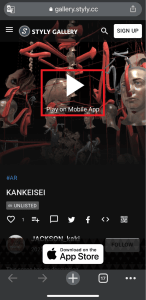



![[Summary] How to experience STYLY scenes VR/AR(Mobile) / Web Browser Introduction by step](https://styly.cc/wp-content/uploads/2020/04/スクリーンショット-2020-04-10-12.53.04-160x160.png)